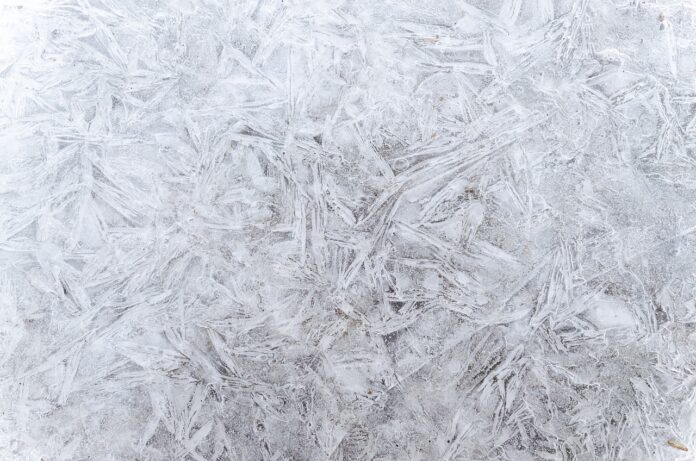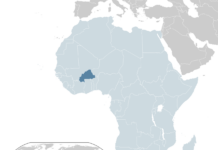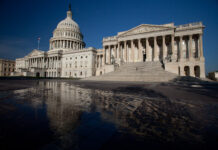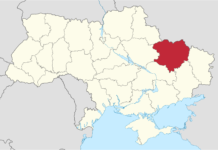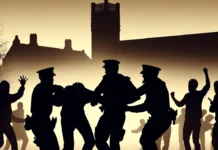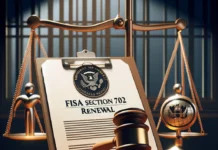The United States is currently experiencing a severe Arctic freeze, bringing dangerously low temperatures across the nation. This extreme weather event has resulted in at least five reported deaths due to cold-related illnesses, with two in Oregon and three in Milwaukee due to apparent hypothermia. The National Weather Service has issued Wind Chill Advisories and Warnings from the Canadian border to the Mexican border, reflecting the widespread impact of the cold front.
The intensity of this freeze is comparable to the Great Freeze of February 2021, with temperatures plummeting to 25-35 degrees below the average for mid-January. For instance, Kansas City experienced temperatures of -10 degrees for four consecutive days, marking the second-longest stretch of such cold weather in the city’s recorded history.
The cold snap has also strained the Texas electric grid. The Electric Reliability Council of Texas (ERCOT) urged residents to conserve electricity due to high demand and low wind conditions affecting power reserves. Schools in various regions, including Detroit and Austin, Texas, were closed as a precaution against the harsh weather conditions.
This Arctic blast is not expected to be as long-lasting as the 2021 freeze, and forecasts indicate that temperatures will start to moderate in the next 48 hours. However, the duration of this cold front is still expected to put a strain on people and infrastructure. There are additional concerns as another wave of cold air from Canada is predicted to bring temperatures near zero again towards the end of the week.
As the nation grapples with this Arctic freeze, it’s crucial for residents to take necessary precautions to stay safe and warm, and to heed advice from local authorities and weather services. This event is a stark reminder of the unpredictability and severity of winter weather conditions.
